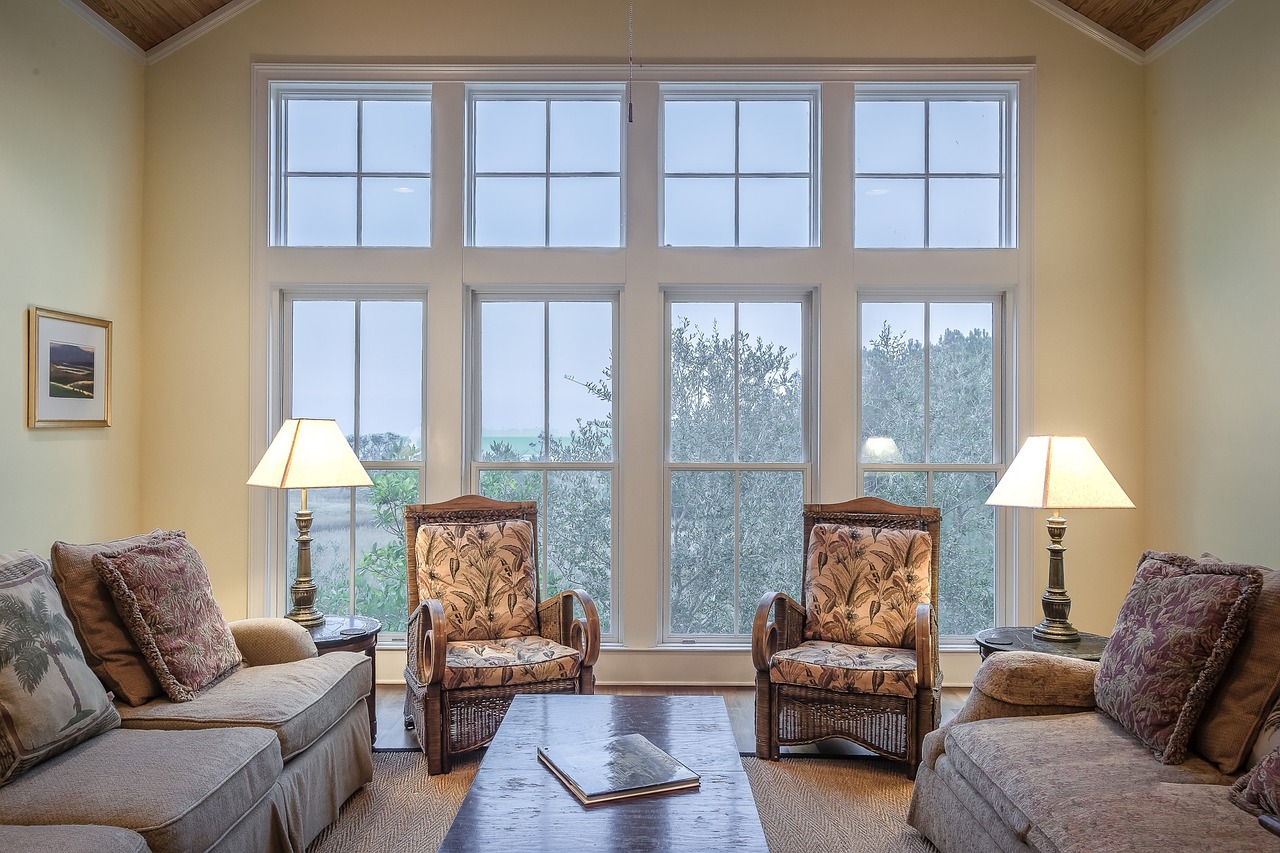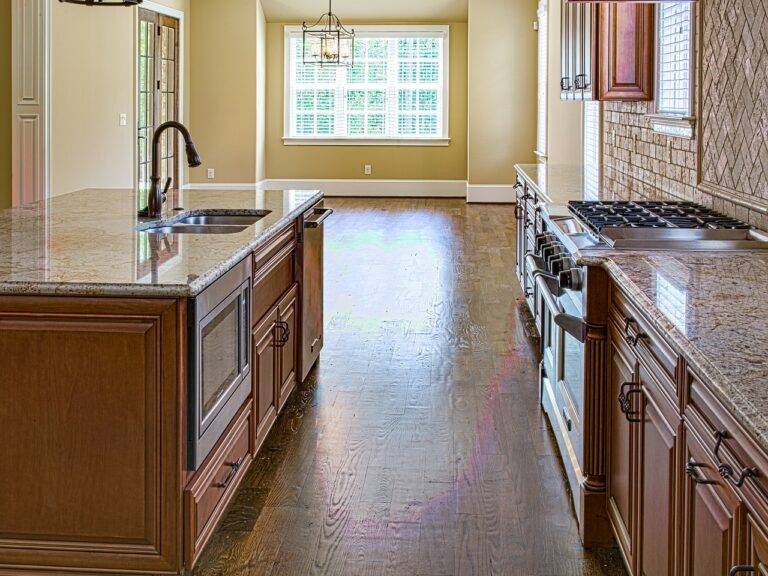The Role of Psychology in Home Improvement Decision Making
Home improvement choices are often driven by emotions more than we realize. When deciding on renovation projects for our homes, it’s common for feelings of comfort, nostalgia, or even peer pressure to influence our decisions. For instance, opting for a cozy fireplace in the living room may stem from a desire to create a warm and inviting atmosphere where family and friends can gather.
Emotions can also play a significant role in the color schemes, furniture selections, and overall aesthetics of a home renovation project. Choosing calming blue tones for a bedroom or vibrant red accents for a kitchen can be driven by our emotional responses to these colors and the impact they have on our moods. It’s essential to acknowledge and understand the emotional motivations behind our home improvement choices to ensure that our living spaces truly reflect our preferences and personalities.
Emotions like comfort, nostalgia, and peer pressure often influence home improvement choices
Opting for a cozy fireplace may stem from a desire to create a warm and inviting atmosphere
Color schemes, furniture selections, and aesthetics can be influenced by emotions
Choosing calming blue tones or vibrant red accents based on emotional responses to colors
Understanding emotional motivations behind home improvement choices is essential for reflecting preferences and personalities in living spaces
The Impact of Cognitive Biases on Decision Making
Cognitive biases play a significant role in shaping our decision-making processes, especially when it comes to home improvement choices. These biases can lead us to make decisions that may not necessarily be in our best interest or aligned with our original plans. For example, the anchoring bias can cause us to fixate on the first piece of information we receive, influencing our perceptions and choices in home renovation projects.
Furthermore, the confirmation bias can also impact our decision-making in home improvement. This bias leads us to seek out information that confirms our existing beliefs or choices, while disregarding conflicting data. In the context of home renovation, this bias can hinder us from considering alternative options or exploring new ideas that could potentially enhance our living spaces.
Understanding Behavioral Economics in Home Renovation
In the realm of home renovation, behavioral economics plays a crucial role in shaping the decisions of homeowners. An individual’s emotions, cognitive biases, and social influences often come into play when making choices regarding improving or revamping their living spaces. These factors can lead to both rational and irrational decision-making processes that ultimately impact the outcome of the renovation project.
One common cognitive bias that homeowners may exhibit is the anchoring effect, where they rely heavily on the initial piece of information they receive when estimating the cost of a renovation project. This bias can lead individuals to either overpay for materials or underestimate the overall expenses involved in the renovation. By understanding these behavioral tendencies, homeowners can make more informed and considered decisions when planning and executing home improvement projects.
What is behavioral economics in the context of home renovation?
Behavioral economics is the study of how psychological, social, and emotional factors influence economic decisions. In home renovation, it looks at how emotions and cognitive biases can impact the choices homeowners make.
How do emotions influence home improvement choices?
Emotions play a significant role in home improvement choices as they can impact a homeowner’s preferences, priorities, and decision-making process. For example, a homeowner may be more inclined to choose a design that evokes positive emotions or nostalgia.
What are cognitive biases and how do they affect decision making in home renovation?
Cognitive biases are mental shortcuts that can lead to irrational decision making. In the context of home renovation, biases such as anchoring (relying too heavily on the first piece of information encountered) or availability heuristic (making decisions based on readily available information) can influence choices.
How can understanding behavioral economics improve home renovation decisions?
By understanding how emotions and cognitive biases can impact decisions, homeowners can make more informed choices during the renovation process. This may involve being aware of one’s own biases, seeking input from others, and considering multiple perspectives before making a decision.







